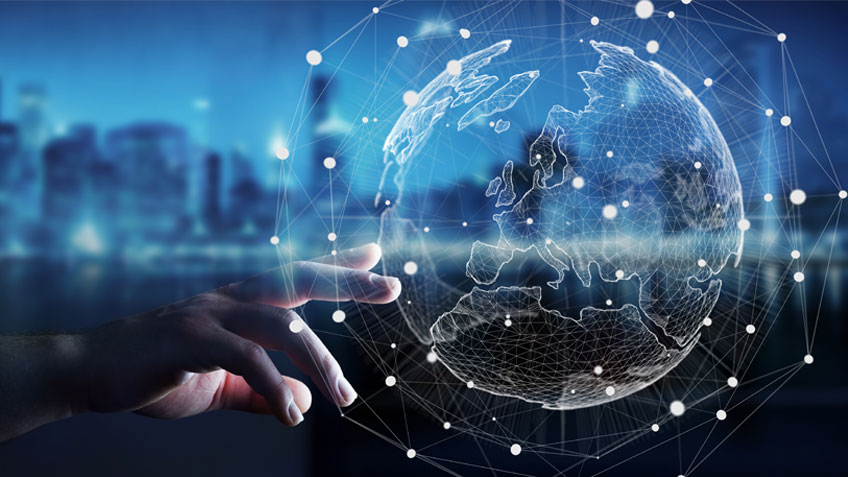Computer vision is a technology that has found application in many industrial cases. Typically computer vision or machine vision leverages image recognition to automate the manufacturing process to reduce human error and manual work. Taqadam reviewed the most promising markets where we see computer vision will take strides in the next years.
Autonomous driving
In autonomous driving space, Computer Vision application contributes to production of next-gen vehicles operating without a driver, and navigating the obstacles on the road, and keep passengers safe. These vehicles can take passengers to their destination, thus eliminating human interference.
Production of autonomous vehicles, however, is still in the infancy stage. While some states and countries accelerate the use exponentially, (eg. California), it is still unclear when autonomous driving would penetrate the highly populated urban areas as a mainstream. Since fatal accidents and life threats may be caused by even a slight flaw in designing or building AI algorithms that are part of the car’s auto navigation system.
To make it safer for riders and pedestrians as well, researchers and practitioners are constantly upgrading their efforts to make computer vision models perform at nearly 100%. That is the only benchmark that would take the industry to mainstream.
Companies keep finding different ways to use AI in autonomous driving. Interesting cases include:
Creating 3D Maps for navigation. The cameras connected to vehicles can record live footage and allow 3D geo-coded maps to be generated by computer vision,
Classifying and Detecting Objects on the road. Apart from standard image recognition, recently LiDar sensors are used to pulse laser beams to measure distance as the car navigates. To spot objects such as traffic lights, cars, and pedestrians, companies use multi-source data for AI modeling.
Gathering Data for Training Algorithms. Using cameras and sensors, computer vision technology can collect vast data sets, including location information, traffic conditions, road maintenance, and crowded areas, among others.
Computer Vision-Enabled Low-Light Mode for vehicles. Companies explore solutions for night driving using LiDar sensors, thermal cameras and HDR sensors.
Read more trends in Autonomous Driving.
Market information:
With everyday innovation in the space, the autonomous driving market is not even near maturity. The growth rate continues to be at 18% CAGR in the next 5 years, with the current market size at 24 Billion Dollars with 2030 reaching 1 trillion USD. The growth of autonomous driving also goes step by step with the electric vehicle market targeting the low carbon targets set by many nations.


Automation in stock take and warehouse management
Computer vision in warehouse management ensures:
Reducing the costs of human labor;
Permanent control over the availability of goods in stock;
Increased warehouse turnover rate;
Reduced warehouse maintenance costs;
Preservation of goods.
Use cases:
Stocktaking. When inventory goes below a certain level, automated computer vision systems will keep an eye on the existing stock level in warehouses and send a notification to the replenishment department of inventory management.
Reducing human counting errors with the use of an accurate bar-code scanning system.
Detecting damaged goods. Computer vision systems may be better at identifying damaged inventories that are too small to be seen by the human eye in certain instances.
Stock picking and locating. Traditional strategies will require human memory to remember the inventory location, CV allows to automate this process.
More information – here.
Market information:
Tractica forecasts that worldwide shipments of warehousing and logistics robots will grow rapidly over the next 5 years from 194,000 units in 2018 to 938,000 units annually by 2022, with the rate of growth slowing after 2021 as many major players will have adopted robotic systems by then. Worldwide revenue for this category will increase from $8.3 billion in 2018 to $30.8 billion in 2022, providing significant opportunities for established participants and emerging players.

Industrial anomaly detection / Industrial
In the automation of the production process, sensors and industrial cameras have opened up new perspectives:
measurement (measuring/testing specific product dimensions)
product verification (checking the correct position of all parts on the assembly)
product identification (barcode and 2D code reading, product type determination based on shape, size, and other characteristics)
product sorting (for example, sorting packages by color, etc.)
navigation system (determining the position of the product on the assembly line and using its coordinates for IOT device).

